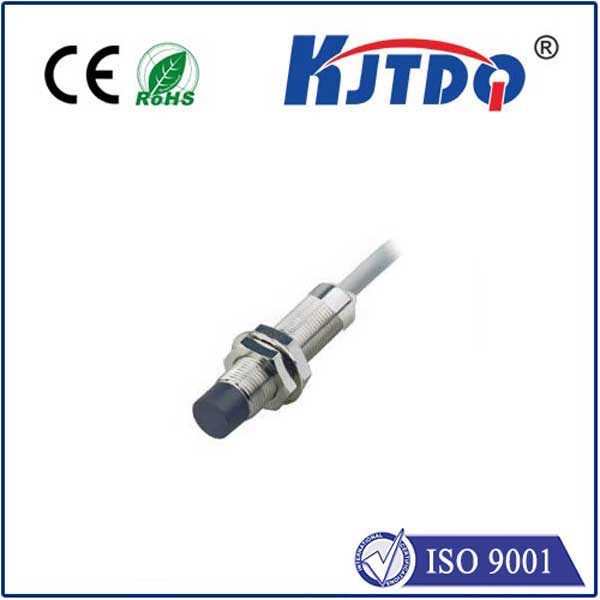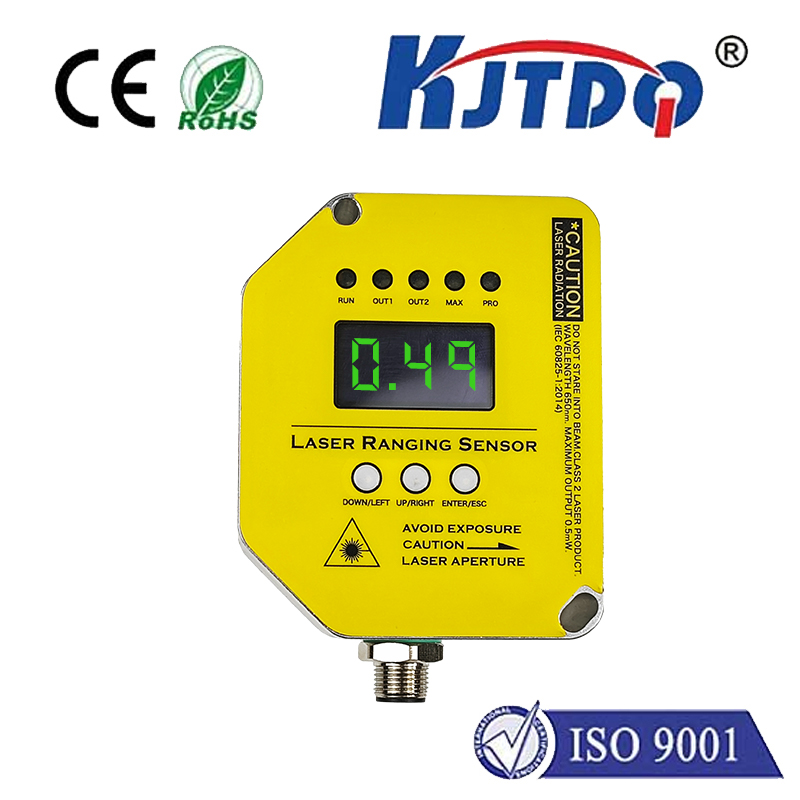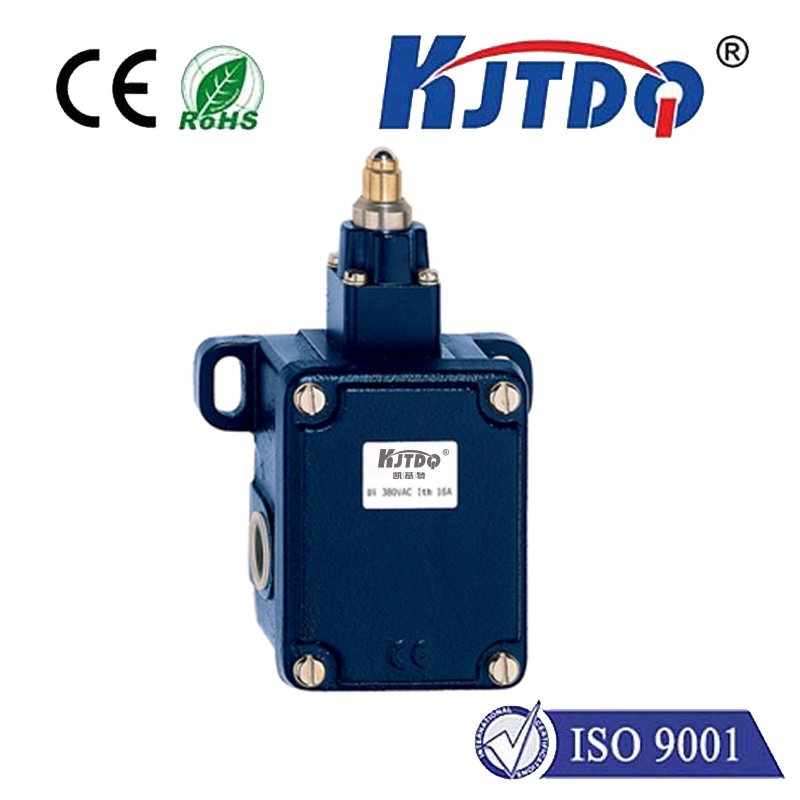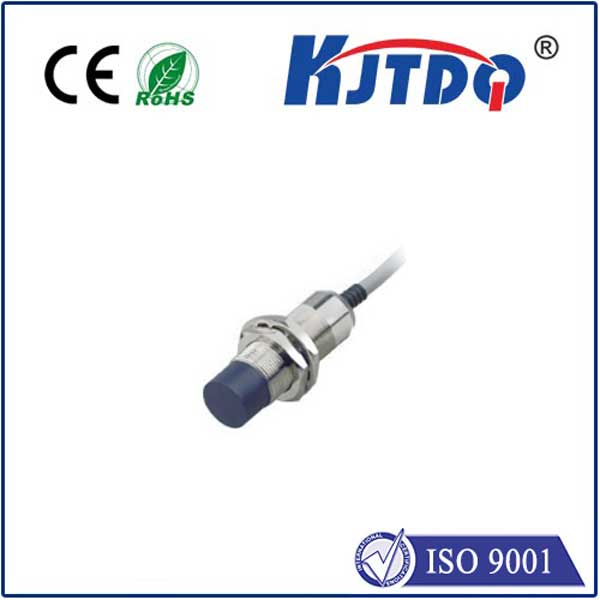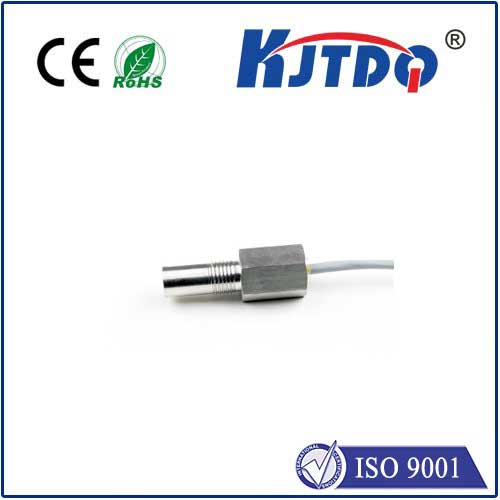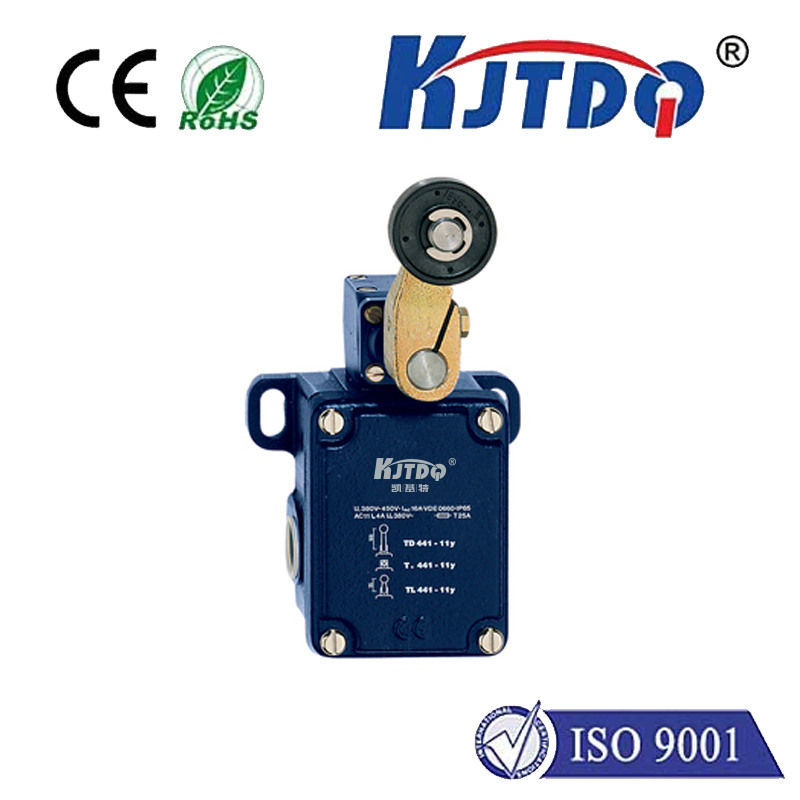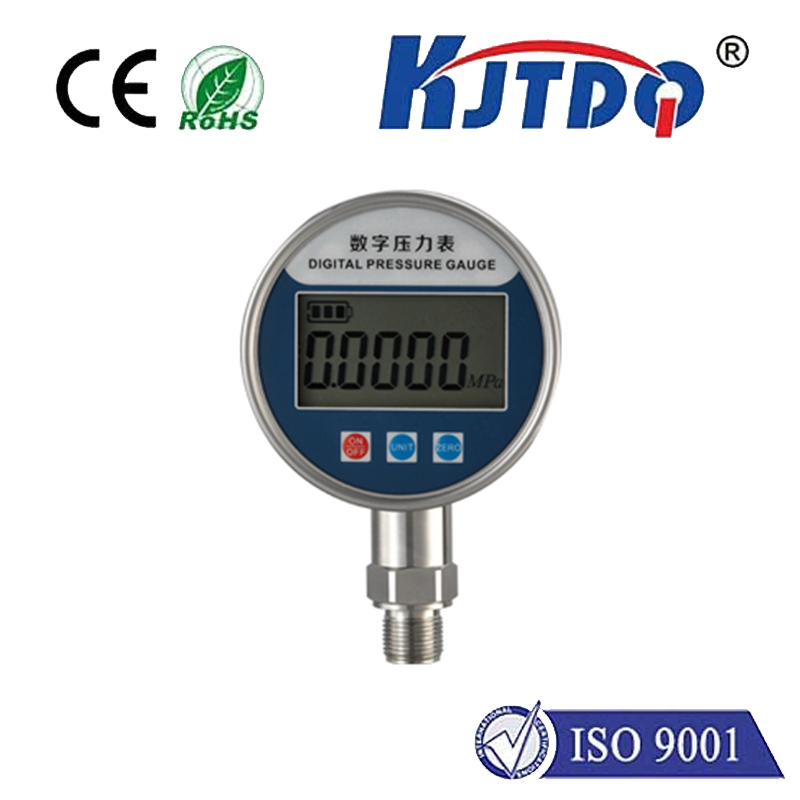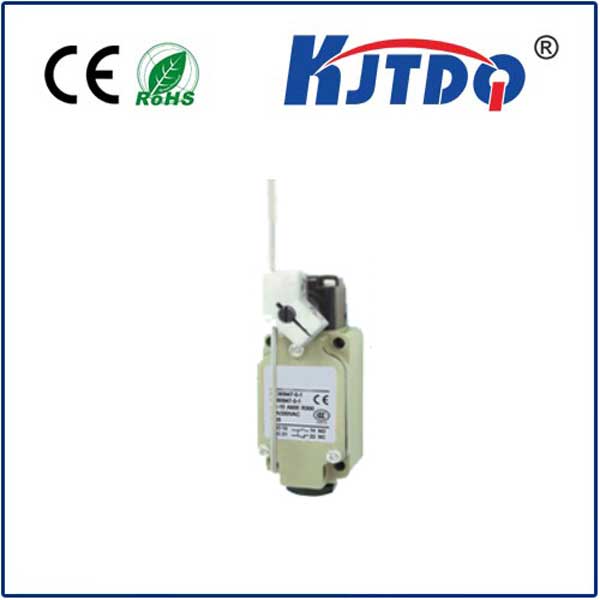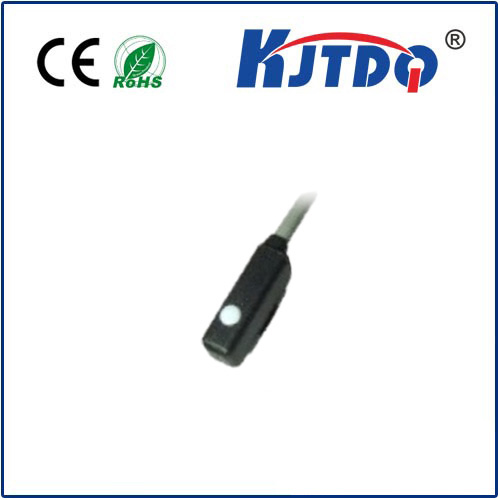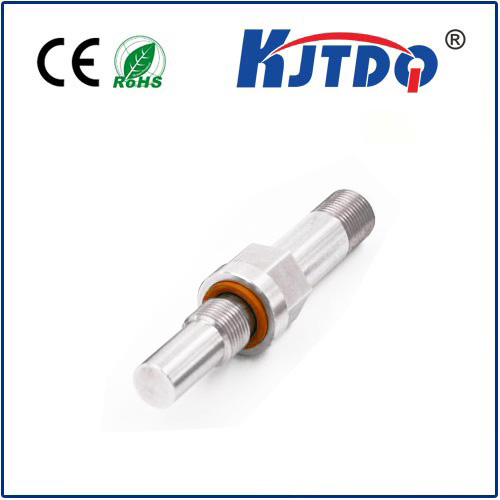

check

check

check

check
Inductive Sensor Technology in Modern Industrial Applications: A Comprehensive Guide
Inductive sensors are widely used in industrial automation and manufacturing due to their high precision, reliability, and versatility. The S-BES Q40 MF inductive sensor is a key component in modern industrial systems, designed to detect and measure magnetic fields with exceptional accuracy. This article explores the principles, applications, and benefits of inductive sensors, with a focus on the S-BES Q40 MF inductive sensor.
At its core, an inductive sensor operates based on the principle of electromagnetic induction. When a magnetic field is passed through a coil, it induces a voltage in the coil, which is then measured to determine the presence or strength of the magnetic field. This principle is used in various applications, including position sensing, speed detection, and non-contact measurement. The S-BES Q40 MF inductive sensor is a high-performance device that leverages this principle to provide accurate and reliable measurements in industrial environments.

One of the main advantages of inductive sensors is their non-contact operation. Unlike traditional sensors that require physical contact with the object being measured, inductive sensors can detect objects without any direct contact. This makes them ideal for use in environments where contamination or damage to the sensor could be a problem. The S-BES Q40 MF inductive sensor is particularly well-suited for such applications, offering a robust and long-lasting solution.
The S-BES Q40 MF inductive sensor is designed to be highly sensitive and accurate, making it a preferred choice in industries where precision is critical. It is commonly used in applications such as material handling, process control, and quality assurance. For example, in a production line, the sensor can detect the presence of a specific material or measure the position of a moving component with high accuracy. This capability ensures that production processes remain efficient and error-free.
Another significant feature of the S-BES Q40 MF inductive sensor is its ability to operate in a wide range of environmental conditions. Whether it’s in a dusty factory floor, a high-temperature environment, or a humid setting, the sensor remains functional and reliable. This durability and adaptability make it a versatile component in various industrial settings.
In addition to its technical specifications, the S-BES Q40 MF inductive sensor is also known for its ease of integration into existing systems. Many industrial applications require sensors to be seamlessly incorporated into a larger automation framework. The sensor’s compatibility with standard communication protocols ensures that it can be easily connected to control systems, providing a smooth and efficient workflow.
The benefits of using inductive sensors extend beyond just their technical performance. They contribute to overall system efficiency, reduce maintenance costs, and enhance safety in industrial environments. The S-BES Q40 MF inductive sensor is a prime example of how inductive technology can be applied to meet the demands of modern manufacturing.
In conclusion, the S-BES Q40 MF inductive sensor represents a significant advancement in industrial automation. Its use of electromagnetic induction, combined with its high accuracy, durability, and ease of integration, makes it an essential component in modern manufacturing and automation systems. As industries continue to evolve, the importance of reliable and efficient sensors like the S-BES Q40 MF inductive sensor will only grow.
